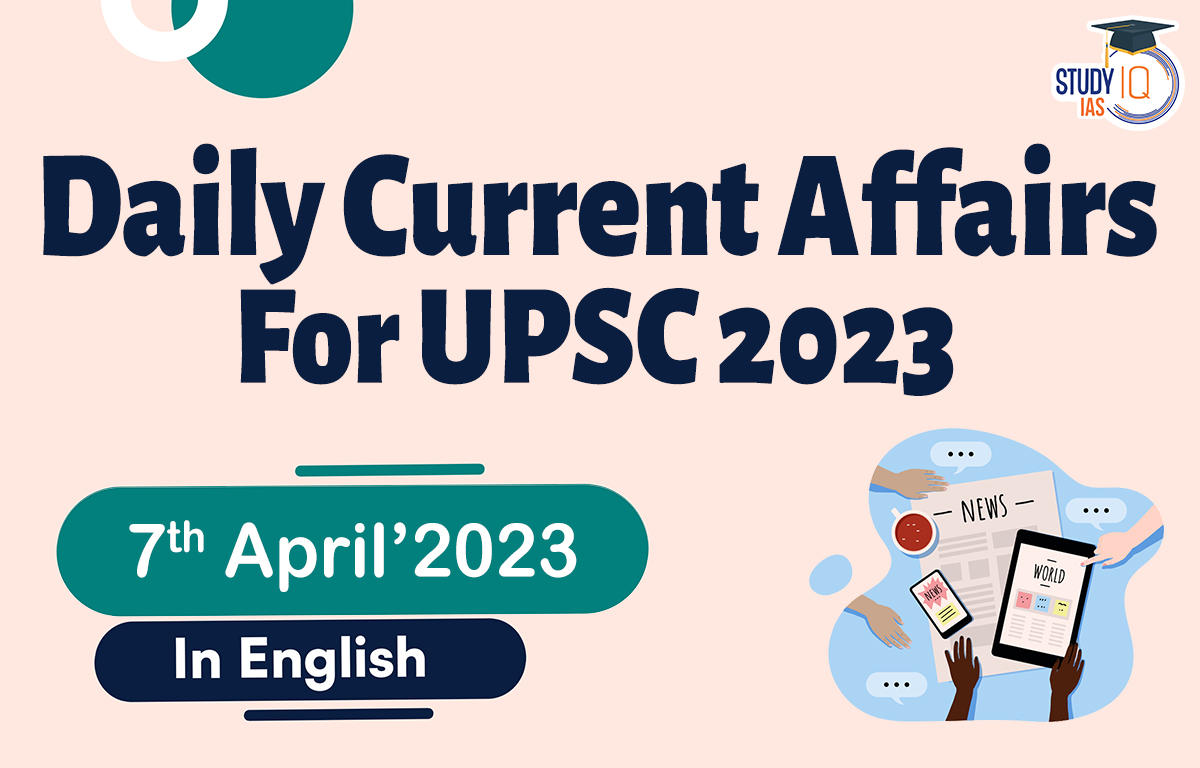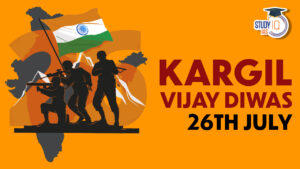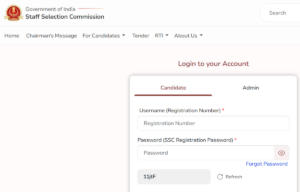Daily Current Affairs for UPSC 2023
Q) Which one of the following is not considered a quantitative instrument for implementing the Monetary Policy?
- Open Market Operations
- Liquidity Adjustment Facility
- Credit Rationing
- Marginal Standing Facility
Daily Current Affairs for UPSC – 6 April 2023
Explanation:
- Option (3) is incorrect: Monetary policy is the policy of the central bank to control and regulate money supply and credit in the economy. The Quantitative methods include those instruments which affect the total volume of credit and affect all sections of the economy. It includes the following instruments:
- Liquidity Adjustment Facility (LAF): It is a tool used by the Reserve Bank of India (RBI) to regulate short-term liquidity in the banking system. It consists of two parts: repo and reverse repo.
- Repo Rate: Under the repo, banks borrow money from the RBI by selling government securities to the central bank with an agreement to buy it back at a predetermined date and price.
- Reverse Repo Rate: Under the reverse repo, the RBI borrows money from banks by lending government securities to the banks with an agreement to sell them back at a predetermined date and price.
- Marginal Standing Facility (MSF): It is a facility offered by the RBI to banks to borrow money overnight in case of emergency or unexpected shortfalls. The interest rate on MSF is typically higher than the repo rate and is fixed by the RBI. Banks can borrow up to a certain limit based on the amount of government securities they hold as collateral. MSF is intended to be a measure of last resort, as it is more expensive than the LAF.
- Corridor: The MSF rate and reverse repo rate determine the corridor for the daily movement in the weighted average call money rate.
- Bank Rate: It is the rate at which the Reserve Bank is ready to buy or rediscount bills of exchange or other commercial papers. The Bank Rate is published under Section 49 of the Reserve Bank of India Act, 1934. This rate has been aligned to the MSF rate and, therefore, changes automatically as and when the MSF rate changes alongside policy repo rate changes.
- Cash Reserve Ratio (CRR): The average daily balance that a bank is required to maintain with the Reserve Bank as a share of such percentage of its Net demand and time liabilities (NDTL) that the Reserve Bank may notify from time to time in the Gazette of India.
- Statutory Liquidity Ratio (SLR): The share of NDTL that a bank is required to maintain in safe and liquid assets, such as unencumbered government securities, cash and gold. Changes in SLR often influence the availability of resources in the banking system for lending to the private sector.
- Open Market Operations (OMOs): These include both, outright purchase and sale of government securities, for injection and absorption of durable liquidity, respectively.
- Credit Rationing is a qualitative methods of monetary policy, under this method central bank fixes maximum ceiling of loans to be granted by the commercial banks either on aggregate basis or for a particular use. The rate of interest may vary across sectors or uses.
Q) Consider the following statements about Deep Sea mining:
- The deep sea minerals can be found in the Clarion-Clipperton Zone, located between Hawaii and Mexico.
- The deep sea mining takes place as per the mining code established by the International Seabed Authority.
- The hydrothermal vents are the deep-sea deposits of sulphur-containing minerals around underwater openings.
Which of the statements given above is/are correct?
- 1 and 2 only
- 1 and 3 only
- 2 and 3 only
- 1, 2 and 3
Explanation:
- Statements 1 and 3 are correct: Deep-sea mining is the process of retrieving mineral deposits from the deep seabed-the ocean below 200m. The deep seabed covers about two-thirds of the total seafloor. Seabed mining is done through a huge vacuum that simply travels over the ocean floor to suck up the nodules which are then brought to the surface with a hose. The Clarion-Clipperton Zone between Hawaii and Mexico is a potential hotbed for critical minerals. The basin in the central Indian Ocean and the seabed off the Cook Islands, Kiribati atolls and French Polynesia in the South Pacific are also of interest for potential extraction. The deep sea contains potato-size manganese nodules (rich in manganese, cobalt, copper, nickel, and rare earth elements); deposits of sulfur-containing minerals around underwater openings known as hydrothermal vents; and cobalt-rich crusts lining the sides of mid-ocean ridges and underwater mountains, also known as seamounts.
- Statement 2 is incorrect: There is absence of a mining code, which has been under discussion for nearly 10 years. The International Seabed Authority (ISA) is uncertain about the process it should adopt for reviewing applications for mining contracts. Deep-sea mining will stir up fine sediments on the seafloor, creating plumes of suspended particles. This is increased by mining ships discharging waste water at the surface. Such plumes could smother animals, harm filter-feeding species, and block animals’ visual communication.
Q) With reference to ‘Foreign Contribution Regulation Act (FCRA)’, consider the following statements:
- The act is applicable to all non-governmental organizations that receive foreign donations.
- The registration for receiving foreign contributions under the act is valid for only five years.
- As per FCRA regulations, a person is not required to notify the government before accepting contributions from foreign relatives of less than one lakh rupees.
Which of the statements given above is/are correct?
- 1 and 2 only
- 2 and 3 only
- 1 and 3 only
- 1, 2 and 3
Explanation:
- Statements 1 and 2 are correct: Foreign Contribution (Regulation) Act regulates foreign donations and ensures that such contributions do not adversely affect internal security. It was enacted in 1976 and was recently amended in 2020. It is applicable to all associations, groups and NGOs which intend to receive foreign donations. FCRA requires every person or NGO seeking to receive foreign donations to be registered under the Act, to open a bank account for the receipt of the foreign funds in State Bank of India, Delhi, to utilise those funds only for the purpose for which they have been received and as stipulated in the Act. They are also required to file annual returns, and they must not transfer the funds to another NGO. The registration is initially valid for five years and it can be renewed subsequently if they comply with all norms.
- Statement 3 is incorrect: FCRA 2022 Rules has increased the number of compoundable offences under the Act from 7 to 12 and provided an exemption from intimation to the government for contributions less than Rs 10 lakh-the earlier limit was Rs 1 lakh-received from relatives abroad, and increase in time limit for intimation of opening of bank accounts.
Q) Consider the following statements about Idu Mishmi Tribe:
- They live in the Dihang valley, located in the state of Assam.
- The language spoken by this tribe is considered endangered by UNESCO.
- Rongali Bihu is one of the most important festivals of the Idu Mishmis.
Which of the statements given above is/are correct?
- 1 and 2 only
- 2 only
- 1 and 3 only
- 1, 2 and 3
Explanation:
- Statements 1 and 3 are incorrect: The Idu Mishmi is a sub-tribe of the larger Mishmi group (the other two are Digaru and Miju), who can be found in Arunachal Pradesh and Tibet. They are inhabitants of the Mishmi Hills, especially in the districts of Dibang Valley and Lower Dibang Valley as well as parts of Upper Siang and Lohit. Idu Mishmis are known especially for their weaving and craftsmanship skills. Reh is one of the most important festivals of the Idu Mishmis.
- Statement 2 is correct: They speak the Idu Mishmi language, which is considered endangered by UNESCO. Idu Mishmis are traditionally animists, and have strong relationship with animals such as the hoolock gibbons and tigers. Even though Idu Mishmis are traditionally hunters, their belief system restricts them from hunting many animals, including tigers.
Q) Consider the following statements:
- A tributary of the Zuari River flows through this area.
- The vegetation type here is predominantly moist deciduous forest with patches of semi-evergreen forest.
- Recently, a black panther was released in this area.
Which one of the following Wildlife Sanctuary is best described in the statements given above?
- Dandeli Wildlife Sanctuary
- Arabithittu Wildlife Sanctuary
- Netravali Wildlife Sanctuary
- Cotigao Wildlife Sanctuary
Explanation:
- Option (3) is correct: Recently, a black panther was released into the Netravali Wildlife Sanctuary in South Goa. Netravali Wildlife Sanctuary is home to a diverse family of flora and fauna, covering an area of about 211 sq. km. Sanctuary gets its name from Netravali River, a tributary of the Zuari River that flows through Goa. It is bound by Cotigao wildlife sanctuary on the eastern side and Bhagwan Mahaveer wildlife sanctuary on the northern side. It is predominantly moist deciduous forests with patches of semi-evergreen forest in the valleys. It has two important waterfalls namely, Savari and Mainapi. Black Panther or Black Leopard is a colour variant of spotted Indian leopards, reported from densely forested areas of south India, mostly from the state of Karnataka. A black panther is the melanistic colour variant of any Panthera, particularly of the leopard (P. pardus) in Asia and Africa, and the jaguar (P. onca) in the Americas. They are also known as the ghost of the forest.


 Indian Sex Ratio 2024, NFHS-5 Survey Est...
Indian Sex Ratio 2024, NFHS-5 Survey Est...
 Kargil Vijay Diwas 2024, Date, History a...
Kargil Vijay Diwas 2024, Date, History a...
 SSC CGL Apply Online 2024, Last Date is ...
SSC CGL Apply Online 2024, Last Date is ...

















